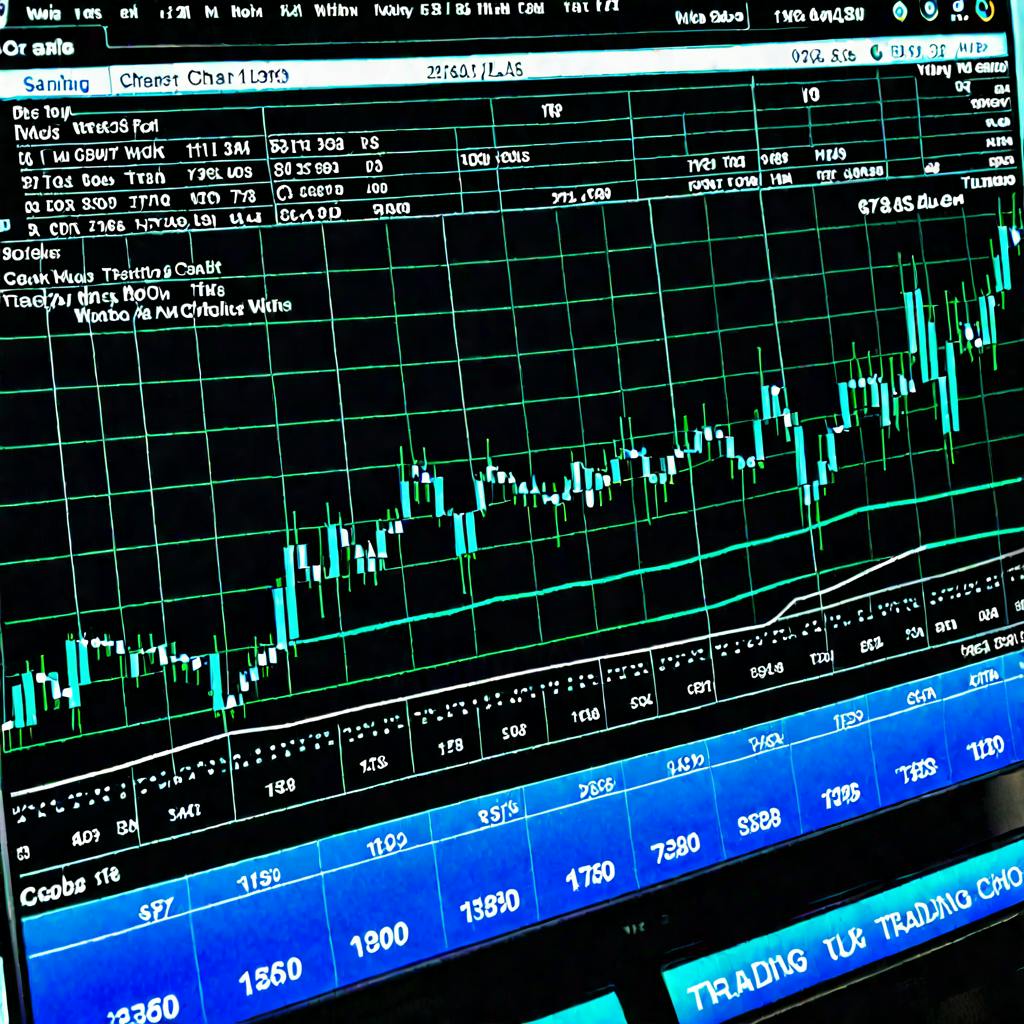268 reads
The Future of AI in Finance
by
June 16th, 2024
Audio Presented by

Leading research and publication in advancing reinforcement machine learning, shaping intelligent systems & automation.
Story's Credibility

About Author
Leading research and publication in advancing reinforcement machine learning, shaping intelligent systems & automation.
